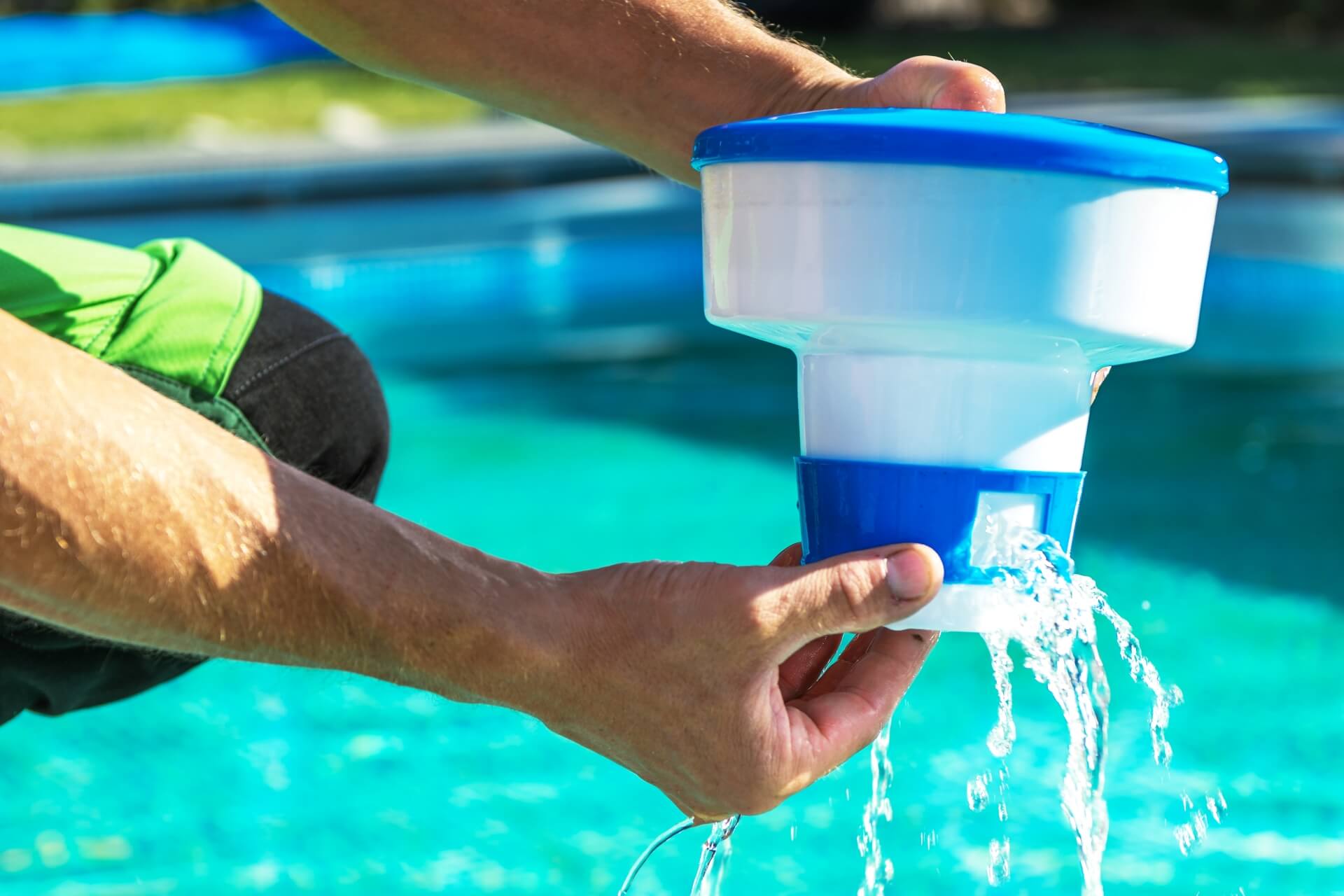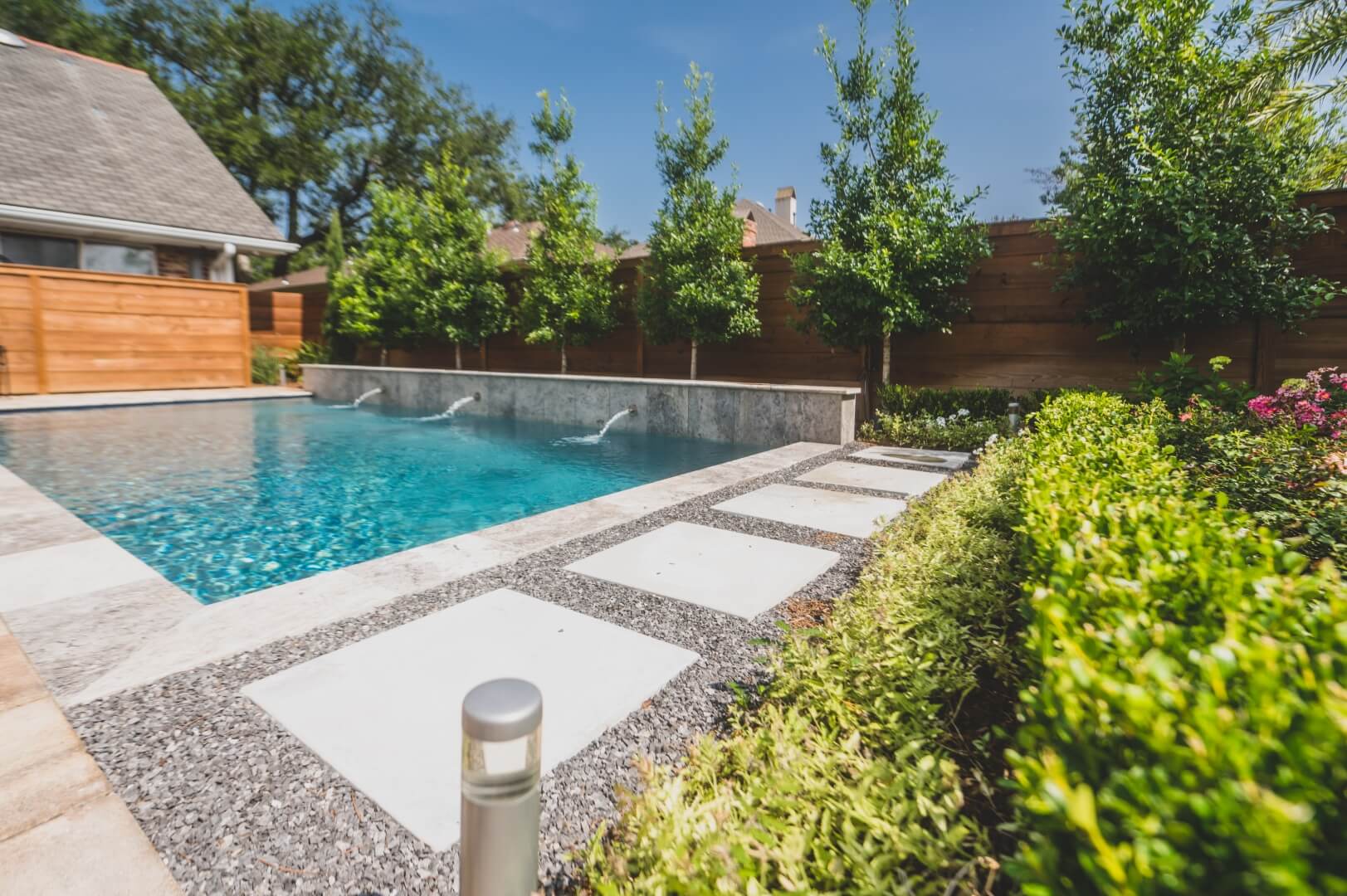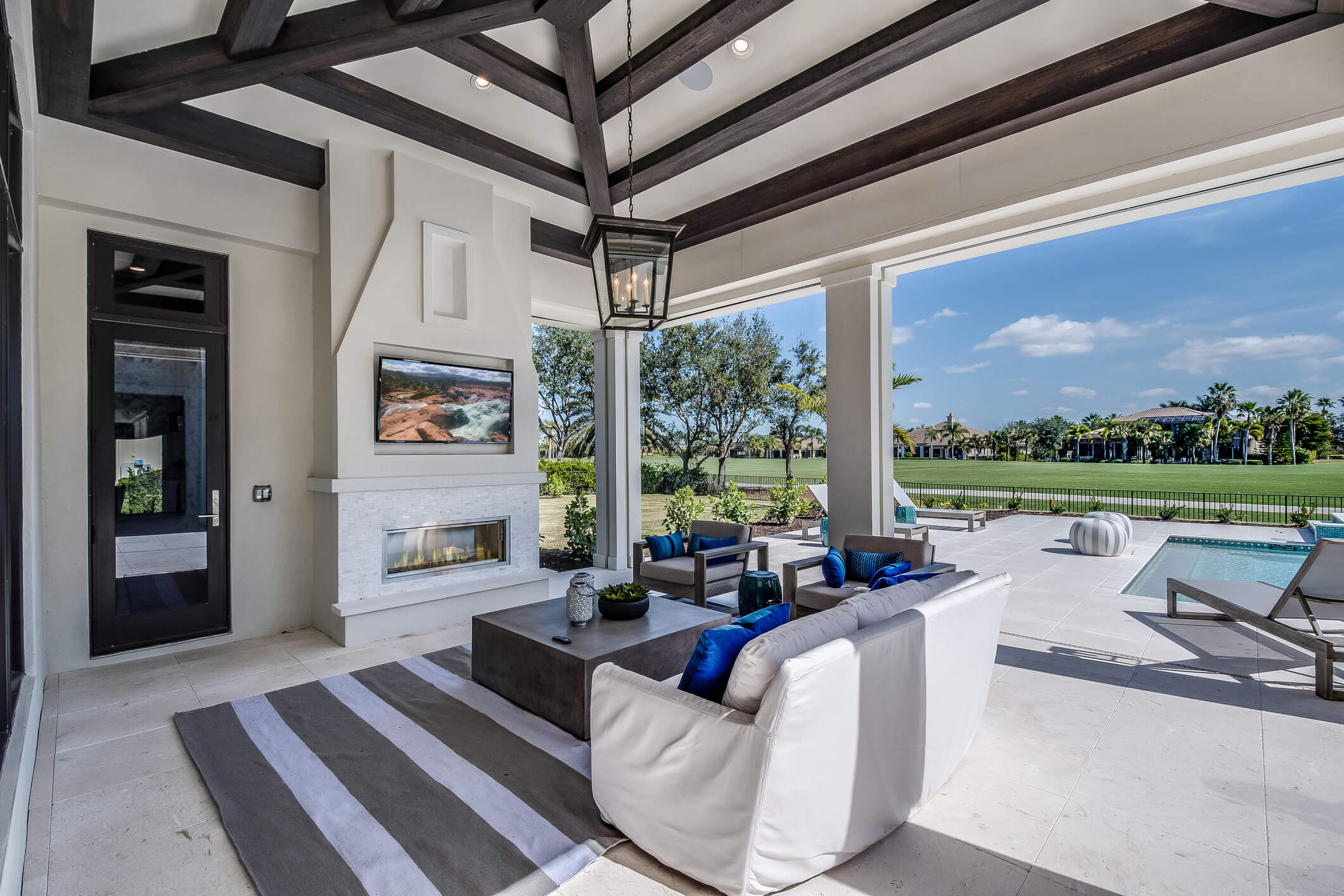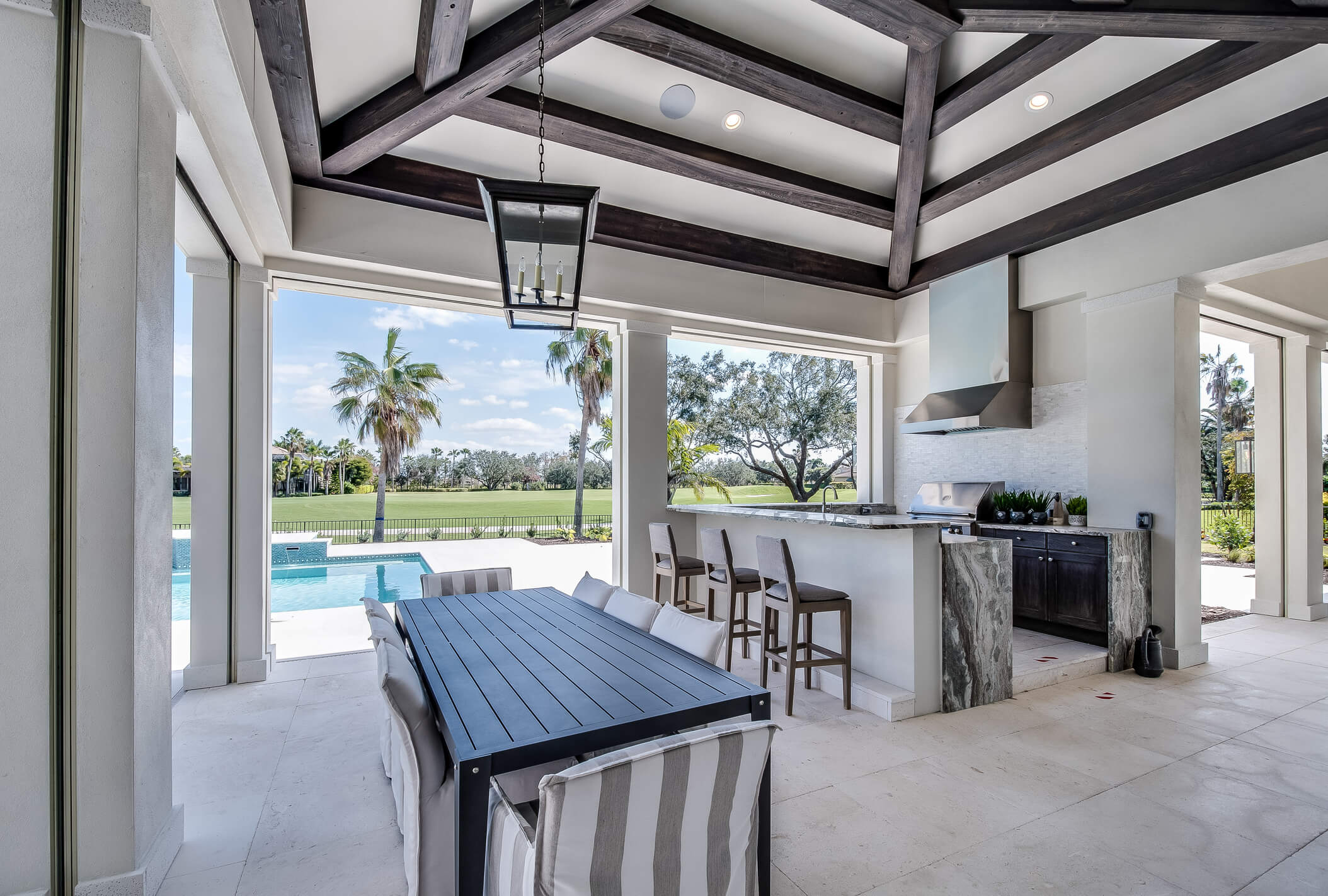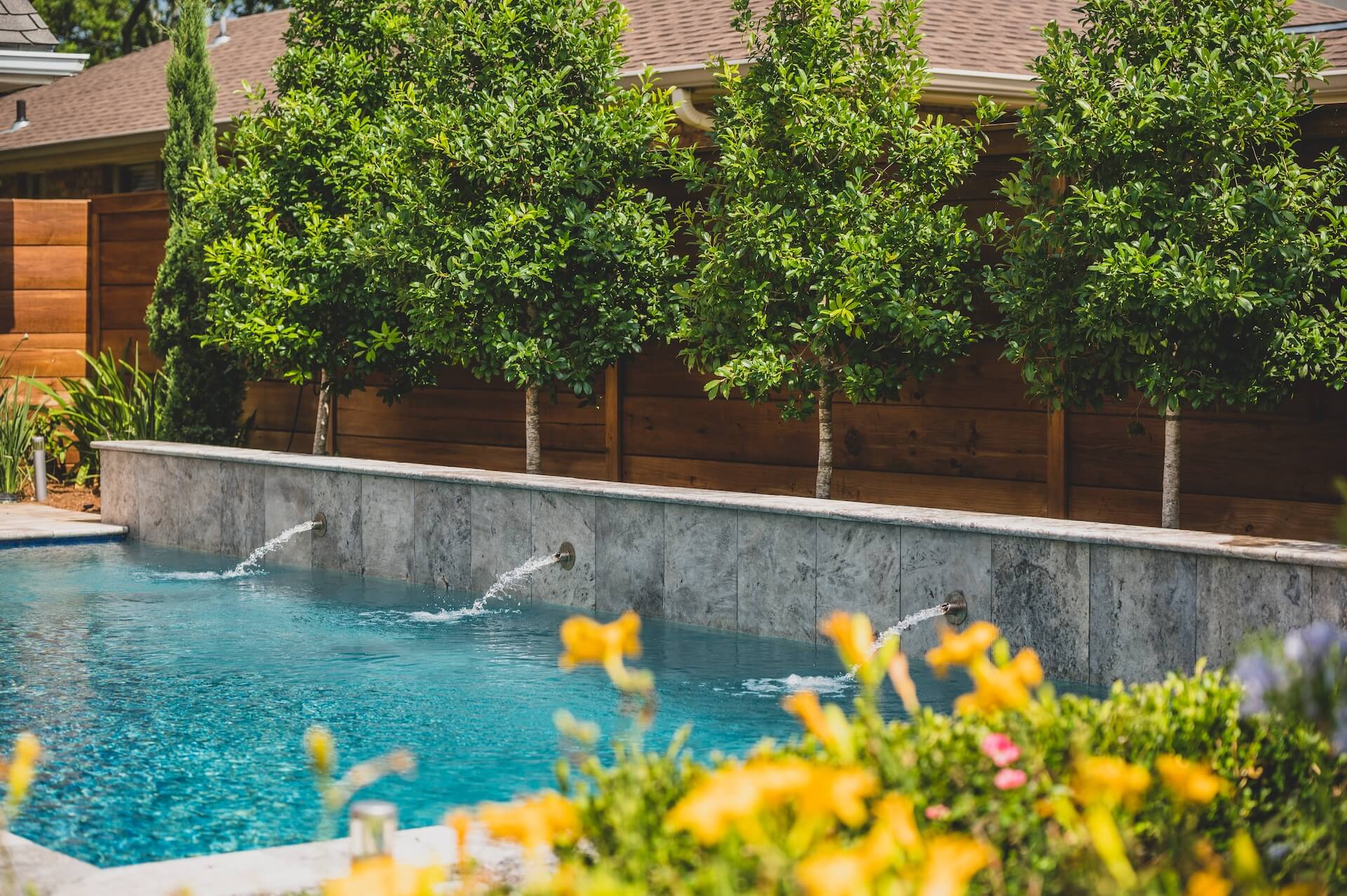Understanding Why Your Swimming Pool Is Cloudy
Have you walked outside ready for a refreshing swim only to find your pool looking like a foggy morning? A cloudy swimming pool is not just unappealing to look at—it can actually be unsafe for swimming. Poor visibility means lifeguards or adults watching children may not be able to see someone struggling underwater. Plus, the same conditions causing cloudiness often create an environment where harmful bacteria can grow.
At Miller Outdoors, we’ve helped countless New Orleans homeowners solve their pool problems. We understand how frustrating it can be when your swimming pool is cloudy despite your best efforts to maintain it. Let’s dive into the common causes and solutions so you can get back to enjoying crystal-clear water.
Common Reasons Why Swimming Pools Get Cloudy
1. Chemical Imbalance: The Primary Culprit
When wondering “why is my swimming pool cloudy,” chemical imbalance is often the answer. Your pool water needs a delicate balance of chemicals to stay clear. The pH level should ideally be between 7.2 and 7.8. When pH rises above 7.8, dissolved particles that would normally stay invisible begin to solidify and create cloudiness.
Alkalinity and calcium hardness levels also play important roles. Low alkalinity makes it difficult to maintain stable pH levels, while high calcium hardness can lead to scaling and cloudiness. Regular testing is key to catching these issues early before they turn your clean pool into a murky mess.
2. Poor Filtration: The Hidden Problem
Your pool filter is like the kidneys of your pool system—it removes impurities and keeps everything running smoothly. When filters aren’t working properly, even properly balanced water can become cloudy. This might happen because:
- The filter is dirty and needs cleaning or backwashing. Clogged filters can’t trap particles effectively, allowing them to circulate back into your pool water. Most pool filters should be cleaned at least monthly during swimming season, but high usage or environmental factors might require more frequent maintenance.
- The filter is too small for your pool size. An undersized filter simply can’t keep up with the volume of water it needs to process, resulting in perpetually cloudy conditions regardless of how much you run it.
- The filtration time is insufficient. Most pools need to filter all their water at least once per day, which typically means running the filter 8-12 hours. During heavy use periods or after treating algae, you might need to run it continuously.
3. Environmental Factors Making Your Swimming Pool Cloudy
Mother Nature can contribute significantly to pool cloudiness. After heavy rain, your pool might look cloudy because rainwater dilutes pool chemicals and introduces new contaminants. Similarly, a windy day can blow pollen, dust, and debris into the water.
In New Orleans, our unique climate creates specific challenges for pool owners. High humidity and frequent storms can quickly alter your pool’s chemical balance. According to the CDC’s healthy swimming guidelines, environmental factors can dramatically affect pool water quality and increase the need for vigilant maintenance.
4. Algae Growth: The Sneaky Invader
Sometimes what looks like cloudiness is actually the beginning of an algae bloom. Algae can start forming long before it becomes visible as green spots, appearing first as a general haziness or cloudiness in the water.
Algae typically grows when:
- Chlorine levels drop too low
- pH levels are imbalanced
- The water circulation is poor
- The pool receives lots of sunlight combined with warm temperatures
Our New Orleans climate is particularly friendly to algae growth, making it a common reason why swimming pools get cloudy in our region.
Solving Your Cloudy Pool Problems
Testing and Balancing: First Steps When Your Swimming Pool Is Cloudy
The first thing to do when facing a cloudy pool is to test your water chemistry. You can use test strips, liquid test kits, or bring a water sample to our experts at Miller Outdoors for professional analysis.
Here’s what to check and adjust:
- pH Level: Aim for 7.2-7.8
- If it’s too high, add pH decreaser (sodium bisulfate)
- If it’s too low, add pH increaser (sodium carbonate)
- Chlorine Level: Keep free chlorine between 1-3 ppm
- Low chlorine allows bacteria and algae to grow, causing cloudiness
- Shock treatment may be needed if levels have been low for some time
- Alkalinity: Target 80-120 ppm
- Low alkalinity makes pH unstable
- High alkalinity makes pH difficult to adjust
- Calcium Hardness: Shoot for 200-400 ppm
- Too low can damage pool surfaces
- Too high creates scaling and cloudiness
Filtration Fixes for a Clear Pool
If your chemicals are balanced but your swimming pool is still cloudy, focus on filtration:
- Clean or backwash your filter thoroughly
- Check for damaged filter components
- Run your filter longer—at least 8-12 hours daily
- Consider upgrading your filter if it’s undersized
Sometimes adding a clarifier can help. These products work by clumping tiny particles together so your filter can catch them more effectively.
Shocking Treatment: When Regular Solutions Aren’t Enough
For stubborn cloudiness or beginning algae problems, shocking your pool might be necessary. This involves adding a large dose of chlorine (or non-chlorine shock) to quickly kill bacteria and break down contaminants.
When shocking your pool:
- Add shock during evening hours
- Run the filter continuously after shocking
- Wait until chlorine levels return to normal before swimming (usually 24 hours)
- Follow package directions precisely for dosage
Preventing Future Cloudiness
Regular Maintenance Stops Your Swimming Pool From Getting Cloudy
Prevention is always easier than treatment. Establish a consistent maintenance routine:
- Test water chemistry 2-3 times weekly
- Clean skimmer baskets and pump baskets weekly
- Brush pool walls and floor weekly
- Vacuum or run automatic cleaner regularly
- Maintain proper water level
- Clean filter according to manufacturer recommendations
Professional Help: When to Call Miller Outdoors
Sometimes, despite your best efforts, your swimming pool stays cloudy. That’s when professional help becomes valuable. Our team at Miller Outdoors specializes in premier pool design and construction and can help you create a new swimming pool that’s both beautiful and built with maintenance in mind.
Our design experts can:
- Create custom pool designs that incorporate effective filtration systems
- Recommend the right equipment for your specific needs
- Install properly sized pumps and filters to prevent future cloudiness
- Design circulation systems that minimize maintenance requirements
Upgrading Your Pool System
If you find yourself constantly fighting cloudy water, it might be time for system upgrades. Modern pool equipment can dramatically reduce maintenance and improve water clarity.
At Miller Outdoors, we specialize in installing:
- Variable-speed pumps that improve circulation while reducing energy costs
- Advanced filtration systems that capture smaller particles
- Automated chemical controllers that maintain perfect balance
- UV or ozone sanitizers that reduce chemical needs
A properly designed pool system isn’t just about aesthetics—it’s about creating an environment that’s easier to maintain and more enjoyable to use. Check out our landscape design cost calculator to get an idea of investment ranges for your project.
FAQs About Cloudy Swimming Pools
How quickly can I expect my cloudy pool to clear up?
With proper chemical balance and filtration, minor cloudiness typically clears within 24-48 hours. More severe cases might take 3-5 days of continuous filtering and proper chemical treatment. The key is patience and consistent treatment—don’t keep adding chemicals if you don’t see immediate results.
Is it safe to swim in a cloudy pool?
Generally, we don’t recommend swimming in a cloudy pool for two important reasons. First, reduced visibility creates safety hazards since someone in distress might not be visible underwater. Second, cloudiness often indicates chemical imbalance or contamination issues that could potentially cause skin irritation or illness.
Why does my swimming pool get cloudy after heavy rain?
Rainwater dilutes your pool chemicals and introduces new contaminants like nitrogen compounds, dust, and pollen. After heavy rain, test and adjust your chemistry, clean your filter, and possibly shock your pool to restore clarity.
How often should I be testing my pool water?
During swimming season, test your water 2-3 times weekly. During periods of heavy use, extreme heat, or after rain, test more frequently. Regular testing helps catch small chemical imbalances before they turn into big cloudy pool problems.
Ready for a Clear, Trouble-Free Pool?
If you’re tired of asking “why is my swimming pool cloudy” and ready for a more permanent solution, Miller Outdoors is here to help. Our comprehensive pool design and installation services can provide you with a new swimming pool that’s engineered from the start for crystal-clear water and easier maintenance.
We also design and build stunning outdoor living spaces that complement your pool area, creating a cohesive outdoor paradise. Our landscape design and installation services can transform your entire property into a beautiful, functional space.
Don’t let a cloudy pool ruin another swimming day. Contact Miller Outdoors at (504) 229-2333 or schedule your discovery call today. Our team of pool experts will get your water crystal clear and keep it that way!
